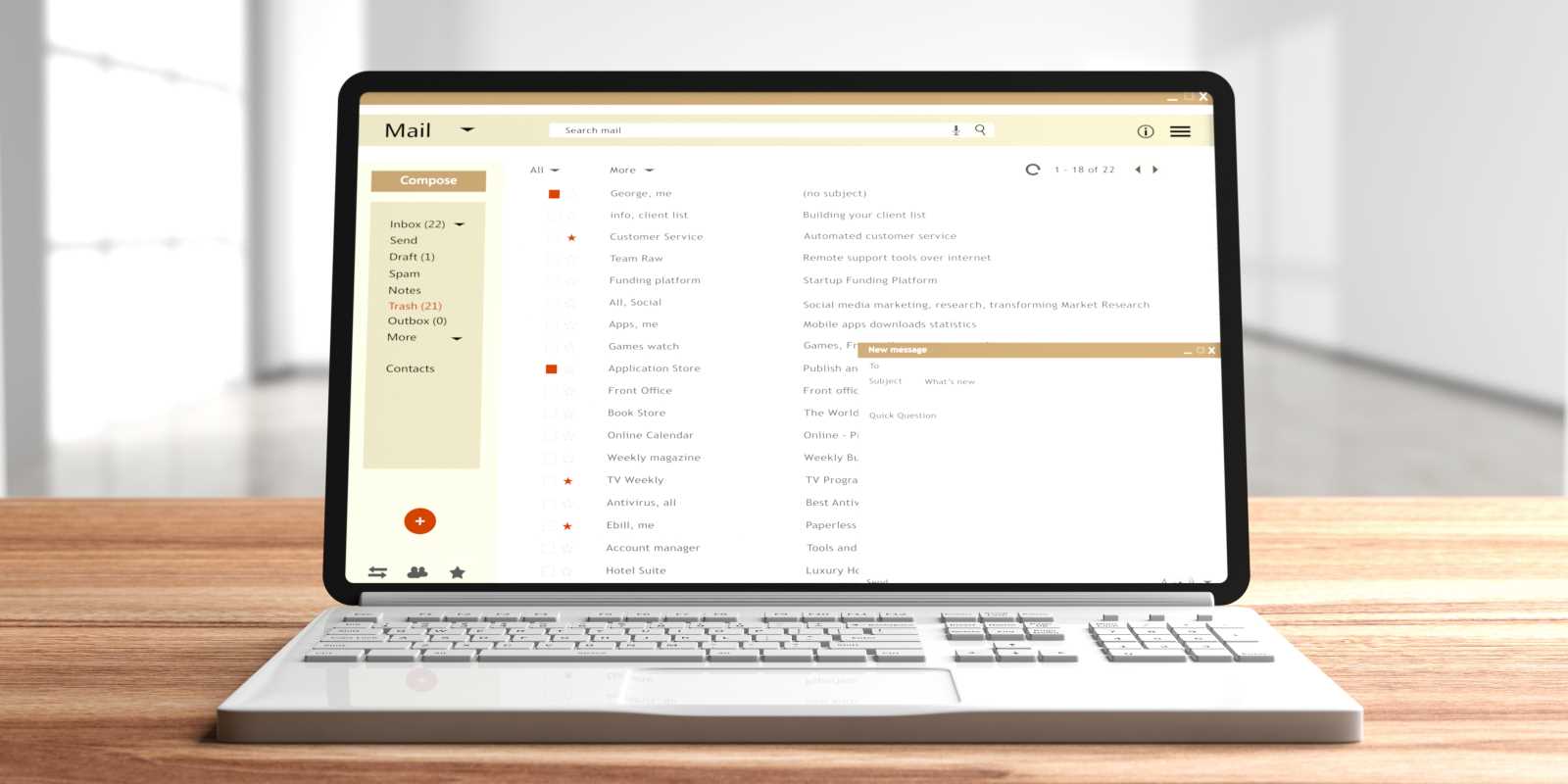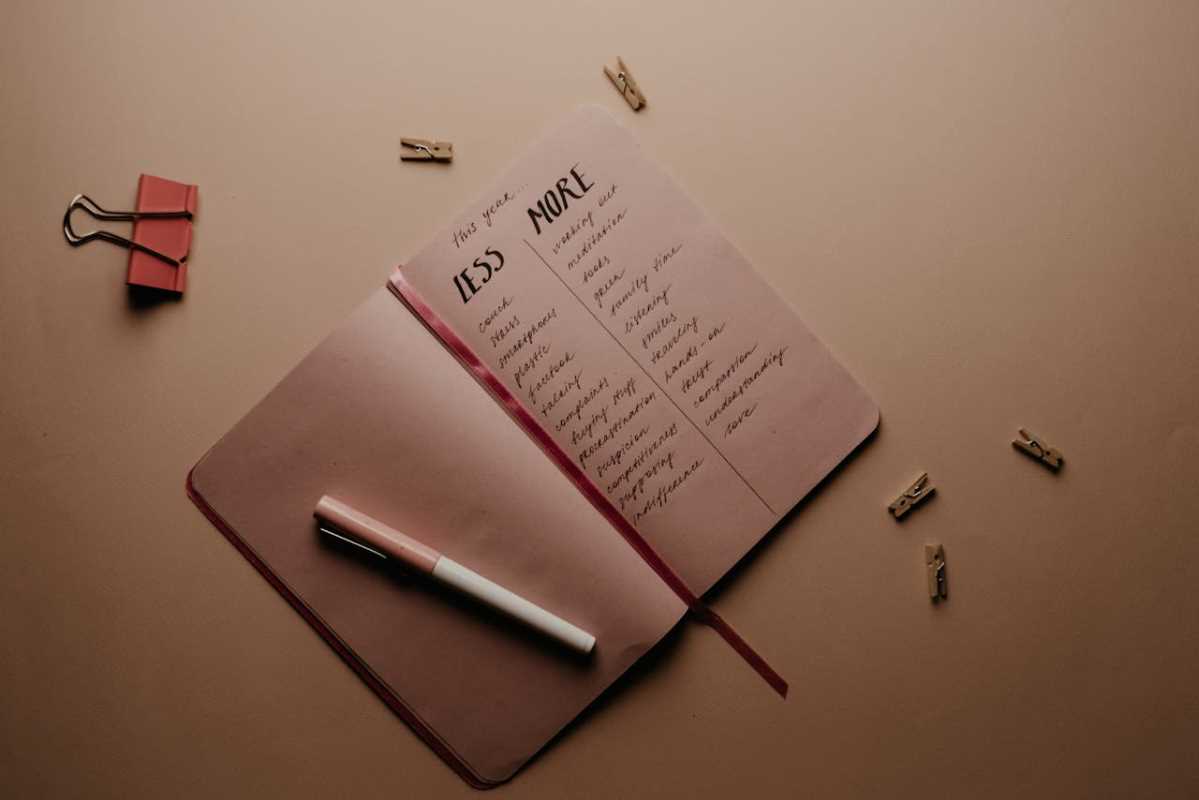Our homes are our sanctuaries, but they can quickly become overwhelmed by an ever-growing collection of belongings. Each new purchase, from a trendy kitchen gadget to the latest tech device, adds to the pile, slowly turning a peaceful space into a cluttered one. The “one in, one out” rule offers a beautifully simple solution to this modern problem. This powerful principle is a mindful approach to consumption, creating a sustainable system for maintaining order. Adopting this rule helps you curb clutter before it starts, encouraging intentionality with every purchase. You can transform your relationship with your possessions and cultivate a home that feels spacious, organized, and serene.
The Psychology of Clutter and Consumption
A cluttered environment does more than just take up physical space; it takes up mental space, too. Studies have shown that excess clutter can lead to feelings of stress, anxiety, and being overwhelmed. Our brains are constantly processing our surroundings, and a chaotic environment creates a low-grade, persistent distraction. This visual noise makes it harder to relax and focus, draining our cognitive resources.
The "one in, one out" rule directly counteracts the cycle of mindless accumulation. It forces a pause, prompting you to evaluate your possessions before bringing something new into your home. This intentional act shifts your mindset from passive consumption to active curation. You begin to see your home not as an infinitely expanding container but as a thoughtfully curated space. This practice helps break the impulsive buying habit and fosters a deeper appreciation for the items you choose to keep.
How the “One In, One Out” Rule Works
The concept is brilliantly straightforward: for every new item you bring into your home, a similar item must leave. This creates a state of equilibrium, ensuring your total number of possessions remains constant. The rule is not about deprivation; it is about making conscious choices and maintaining balance.
Think of it as a gatekeeper for your home. A new pair of sneakers wants to come in? Great! First, you must choose an old pair to donate or discard. Want to buy a new decorative mug? It is time to say goodbye to one that is gathering dust at the back of the cabinet. This simple exchange prevents the slow, creeping buildup of clutter and keeps your living space feeling light and manageable.
Implementing the Rule: A Practical Guide
Applying the "one in, one out" rule is a habit that can be built with intention and practice. These steps will help you integrate it seamlessly into your life.
1. Start with One Category
Trying to apply the rule to everything at once can feel overwhelming. Instead, start with a single category that you struggle with.
- Common culprits include:
- Clothing: This is a fantastic starting point for most people. The next time you buy a new shirt, choose an old one to remove from your closet.
- Books: For avid readers, books can pile up quickly. For every new book you purchase, donate one you have already read.
- Mugs and Drinkware: Kitchens are notorious for accumulating an excess of cups and mugs.
- Kids' Toys: Involving your children in this process can teach them valuable lessons about responsible ownership.
Once you have mastered one category, you can gradually expand the rule to other areas of your home.
2. Create a "Holding Zone"
Sometimes, you might not be ready to part with an item immediately. A designated "holding zone" or "outbox" can ease the transition. Place the item you intend to remove in a specific box or bag. Set a reminder on your calendar for one month later. If you have not missed the item or needed to retrieve it by then, you can confidently let it go. This buffer can help you overcome the initial anxiety of parting with your possessions.
3. Be Flexible with Value
The rule does not require a perfectly equal exchange of value. You are not trading one old t-shirt for another. The goal is to maintain a balance in the number and volume of your possessions. You might decide to let go of three old, worn-out sweaters to make room for one high-quality, new one. The key is to be mindful of the space your items occupy and to ensure you are not simply adding to the overall quantity.
The Broader Benefits of Mindful Consumption
The "one in, one out" rule offers advantages that extend far beyond a tidy home. Embracing this principle can have a profound impact on your finances, your well-being, and even the environment.
Financial Freedom
This rule naturally curbs impulse buying. When you know that every new purchase requires a decision about what to let go of, you become a more discerning shopper. You start asking yourself important questions before heading to the checkout:
- Do I truly need this?
- Do I love this more than something I already own?
- Am I willing to part with an existing item to make room for this?
This thoughtful purchasing process leads to significant savings over time. You stop wasting money on things that provide only a fleeting moment of satisfaction and start investing in items that add real value to your life.
Increased Gratitude and Appreciation
Constantly acquiring new things can devalue what you already have. The "one in, one out" rule encourages you to regularly take inventory of your possessions. As you decide what to keep and what to let go of, you rediscover items you had forgotten about and develop a deeper appreciation for the things you choose to hold onto. You begin to value your belongings not for their novelty but for their usefulness, beauty, and sentimental worth.
Environmental Responsibility
Our consumption habits have a direct impact on the planet. By buying less and being more intentional with our purchases, we reduce our environmental footprint. The "one in, one out" rule encourages a circular economy. Instead of sending old items to a landfill, you are motivated to find them a new home through donation or selling. This practice extends the life of goods and reduces waste, contributing to a more sustainable future.
Start small, be consistent, and watch as this simple principle transforms your home into a clutter-free haven. You will discover the joy that comes from living with less, creating space for what truly matters.
 (Image via
(Image via





